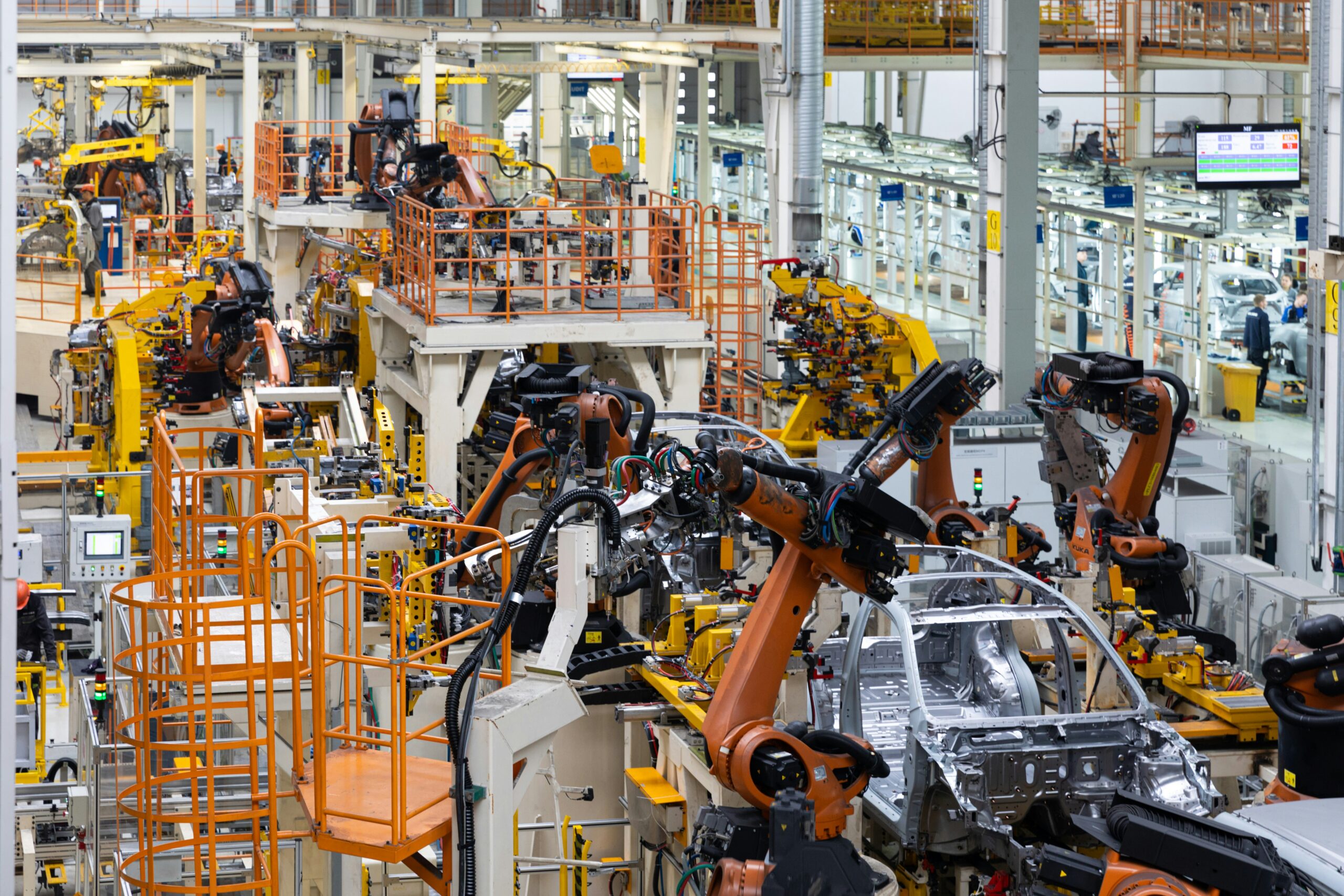
Among the many relics of early American industry, the Sim Corder and Harrison Mill stand out as a remarkable example of how engineering shaped everyday life. This mill was not just a building—it was a symbol of progress, community resilience, and human innovation. With its clever use of waterpower, durable construction, and ability to support generations of workers and families, the mill reveals a story where history, technology, and culture intersect.
Mills as Pillars of Early Communities
In the days before large-scale factories, mills were vital to survival. They converted raw harvests into flour and other essential goods, ensuring that families and towns could thrive. The Sim Corder and Harrison Mill filled exactly this role. Local farmers brought their grain to be processed, merchants exchanged goods, and neighbors met to discuss community matters. It was more than an industrial site—it was the heartbeat of the region’s economy and social life.
Waterpower at the Core of Innovation
What made this mill extraordinary was its reliance on waterpower. Engineers designed a system where flowing rivers turned massive wheels, which then drove grinding stones and gears. This method of harnessing natural energy was both efficient and sustainable. Without electricity or fossil fuels, the mill created consistent mechanical power by working with nature rather than against it. This ingenuity reflects how necessity inspired solutions that remain relevant in today’s era of renewable energy.
Craftsmanship in Stone and Timber
The Sim Corder and Harrison Mill also demonstrate the brilliance of traditional construction techniques. Builders relied on heavy timber frames, precisely cut joints, and sturdy stone foundations to create a structure that could endure decades of use. Its design had to account for constant vibrations, seasonal weather changes, and the heavy loads of machinery inside. The result was a building that combined practicality with lasting beauty, a valid marriage of engineering and craftsmanship.
The Mill as a Gathering Space
Beyond its economic role, the mill was a hub of social connection. Farmers waiting for their grain to be processed would exchange news, trade goods, or spend time together. The steady hum of grinding wheels provided the backdrop for community life, blending labor with companionship. In this sense, the Sim Corder and Harrison Mill symbolized unity as much as productivity, reminding us that industry and human connection have always been intertwined.
Industrial Shifts and Resilience
The rise of steam engines, coal power, and electricity eventually changed the industrial landscape. Many water-driven mills could not keep up with the pace of modernization and were abandoned. However, the Sim Corder and Harrison Mill endured, thanks to both its resilient construction and the recognition of its cultural value. Its survival reflects the adaptability of its community and the determination to preserve history, even as the world embraced new technologies.
A Lesson in Sustainability
The principles behind the mill’s design carry profound lessons for modern society. Its waterwheel system generated clean power without waste, demonstrating that effective production can align with ecological responsibility. At a time when conversations about renewable energy dominate the global stage, the Sim Corder and Harrison Mill serve as a reminder that sustainable practices are not a new concept—they are part of our heritage.
A Living Classroom for Generations
Today, the mill offers more than a glimpse into the past—it provides a space for learning. Engineers can study its mechanics, historians can interpret its role in shaping communities, and students can witness firsthand how early technology worked. By walking its floors and observing its machinery, visitors engage with history in a tactile, unforgettable way. The Sim Corder and Harrison Mill transform history from an abstract idea into a living, breathing experience.
The Role of Heritage Tourism
Preserved sites like the Sim Corder and Harrison Mill also contribute to tourism and cultural preservation. Travelers drawn to authentic, meaningful experiences find in it both educational value and historical beauty. Heritage tourism supports local economies, encourages investment in conservation, and ensures that cultural treasures remain accessible to future generations. In this way, the mill continues to generate value long after its original industrial use ended.
Adaptability as a Timeless Virtue
The enduring story of the Sim Corder and Harrison Mill is one of adaptability. Its builders adapted to their environment, its operators adapted to changing economies, and its caretakers adapted to preserve it through modernization. This resilience makes the mill more than a historic site—it is a metaphor for progress itself. In a rapidly changing world, the lesson is clear: survival depends not only on strength but also on flexibility.
A Symbol That Transcends Time
The Sim Corder and Harrison Mill embody more than machinery and architecture—they reflect the ingenuity, perseverance, and unity of their community. It stands as a monument to the human spirit, bridging past and present through its enduring legacy. While technology and industry have transformed, the mill’s story continues to inspire, reminding us that progress is built not just on innovation, but on respect for history and collaboration.
The Sim Corder and Harrison Mill is far more than an old industrial structure. It is a masterpiece of early engineering, a symbol of sustainability, and a gathering place for community life. Its preservation ensures that we can continue to learn from the ingenuity of those who came before us. By honoring this mill, we celebrate timeless values—innovation, resilience, and unity—that remain as vital today as they were centuries ago.